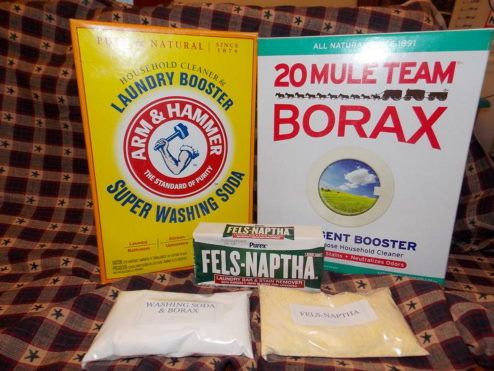The most important thing to take away from this lesson is..
There are a number of ways to reduce and/or eliminate the energy use in washing and drying clothes. An ENERGY STAR qualified clothes washer can save you $550 in operating costs per year compared to a regular clothes washer.
Clothes washing and drying accounts for approximately 5% of annual energy use.
When replacing washers and dryers, shop carefully for an energy efficient and water conserving washing machine (front loaders are usually best.)
Make best possible use of a “solar clothes dryer” - a good old fashioned clothes line. Retractable clothes lines can be installed under a porch overhang, in a utility room, or in a garage and allow pre-drying clothes in any weather.
They retract when not in use to be out of the way. Use your propane clothes dryer to fluff line dried clothes, or to dry clothes in damp weather when necessary
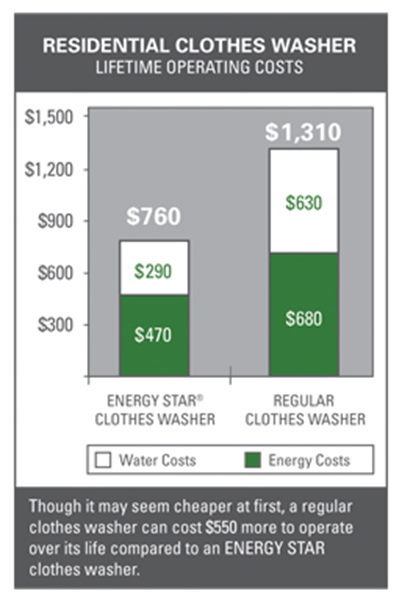
Save Water
Qualified clothes washers also save 7,000 gallons of water a year. Over the eleven-year life of the washer, that's enough water to fill up three backyard swimming pools or provide a lifetime of drinking water for six people.
What You Can Do Starting Today
Clothes Washer Tips
Wash in cold water: About 90% of the energy consumed for washing clothes is due to heating the water. Unless you're dealing with oily stains, the warm or cold water setting on your machine will generally do a good job of cleaning your clothes. Switching your temperature setting from hot to warm can cut energy use in half for washing one load. Using the cold cycle when you can reduces energy use even more.
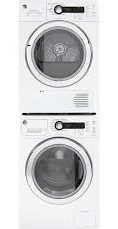
Fill it up: Clothes washers use relatively the same amount of energy regardless of the size of the laundry load, run full loads whenever possible.
Avoid the sanitary cycle: This super hot cycle, available on some models, increases energy use significantly, so only use it when absolutely necessary.
Activate the high spin speed option: If your clothes washer has spin options, choose a high spin speed or the extended spin option to reduce the amount of remaining moisture in your clothes after washing. This decreases the amount of time it takes to dry your clothes.
Leave the door open after use: Front-loading washers use airtight seals to make sure no moisture leaks while the machine is in use. However, when the machine is not in use, this seal can trap moisture in the machine. Be sure to leave the door ajar for an hour or two after use to allow any of the remaining moisture inside the machine to evaporate. Make sure children do not climb into the machine while the door is open.
Always use HE (High Efficiency) detergent: Front-loading clothes washers are designed specially to use only High Efficiency detergent. Using regular detergent in a front-loading washer will create too many suds in the machine. This leads to decreased washing and rinsing performance. Over time it can lead to mechanical problems, and foul odors.
Wash and dry full loads. If you are washing a small load, use the appropriate water-level setting.
Clothes Dryer Tips
With most clothes dryers since there is little difference in the energy use between models. Here are some ways to reduce energy consumption when using your clothes dryer:
Use the moisture sensor option: The moisture sensor automatically shuts off the machine when the clothes are dry. Not only will this save energy, it will save wear and tear on your clothes caused by over-drying.
Clean the lint filter: Cleaning the filter after every load will improve air circulation and increase the efficiency of the dryer.
Use a drying rack or hang clothes outside: Air-drying clothes (indoors or outdoors) helps them last longer and saves energy.
Dry towels and heavier cottons in a separate load from lighter-weight clothes.
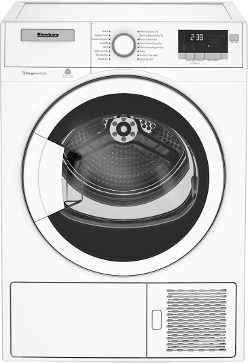
Don’t over-dry your clothes.
Use the cool-down cycle to allow the clothes to finish drying with the residual heat in the dryer.
Periodically inspect your dryer vent to ensure it is not blocked. This will save energy and may prevent a fire.
Manufacturers recommend using rigid venting material, not plastic vents that may collapse and cause blockages.
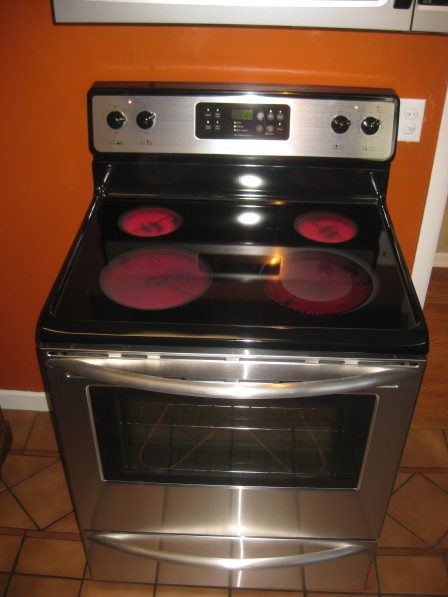
Making your own laundry soap.
This truthfully is the way to save the most money when doing laundry. Making soap is easy, simple, and doesn’t require anything but common household ingredients. This laundry detergent can be just as good as anything you buy at the store. It cleans just as well.
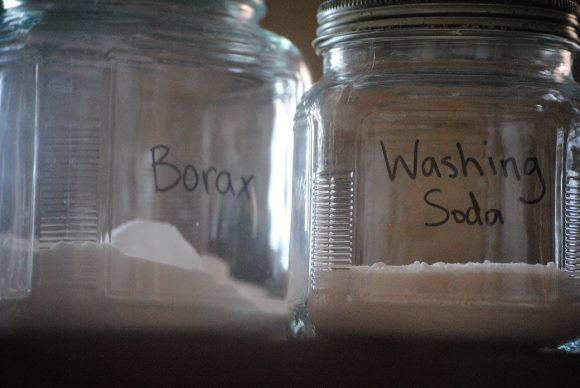
The best part is, it’ll cost you about $0.03 cents per load of laundry.
This one tip alone can save you more than the cost of this entire course in 6 months
Ingredients:
- 1 bar of soap (whatever kind you like; the cheaper the better)
- 1 box of washing soda (look for it in the laundry detergent aisle at your local department store - it comes in an Arm & Hammer box and will contain enough for six batches of this stuff)
- 1 box of borax (this is not necessary, but I’ve found it really kicks the cleaning up a notch - one box of borax will contain more than enough for tons of batches of this homemade detergent - if you decide to use this, be careful)
- A five gallon bucket with a lid (or a bucket that will hold more than 15 liters - ask around - these aren’t too tough to acquire.)
- Three gallons of tap water
- A big spoon to stir the mixture with. (I use a wooden spoon)
- A measuring cup
- A knife
Step One: Put about four cups of water into a pan on your stove and turn the heat up on high until it’s almost boiling. While you’re waiting, whip out a knife and start shaving strips off of the bar of soap into the water, whittling it down. Keep the heat below a boil and keep shaving the soap. Eventually, you’ll shave up the whole bar, then stir the hot water until the soap is dissolved and you have some highly soapy water.
Step Two: Put three gallons of hot water (11 liters or so) into the five gallon bucket - the easiest way is to fill up three gallon milk jugs worth of it. Then mix in the hot soapy water from step one, stir it for a while, then add a cup of the washing soda. Keep stirring it for another minute or two, then add a half cup of borax if you are using borax. Stir for another couple of minutes, then let the stuff sit overnight to cool.
And you’re done. When you wake up in the morning, you’ll have a bucket of gelatinous slime that’s a paler shade of the soap that you used (in our case, it’s a very pale greenish blue). One measuring cup full of this slime will be roughly what you need to do a load of laundry - and the ingredients are basically the same as laundry detergent. Thus, out of three gallons, you’ll get about 48 loads of laundry. If you do this six times, you’ll have used six bars of soap ($0.99 each), one box of washing soda ($2.49 at our store), and about half a box of borax ($2.49 at our store, so $1.25) and make 288 loads of laundry. This comes up to a cost of right around three cents a gallon.
Powdered Laundry detergent:
12 cups Borax8 cups Baking Soda8 cups Washing Soda8 cups Bar soap (grated)
- Mix all ingredients well and store in a sealed tub.
- Use 1/8 cup of powder per full load.
Another powered laundry detergent recipe:
1 cup Vinegar (white)1 cup Baking Soda1 cup Washing Soda1/4 cup liquid castile soap
- Mix well and store in sealed container.
- I find it easiest to pour the liquid soap into the bowl first, stirred in the washing soda, then baking soda, then added the vinegar in small batches at a time (the recipe foams up at first). The mixture is a thick paste at first that will break down into a heavy powdered detergent, just keep stirring. There may be some hard lumps, try to break them down when stirring (it really helps to make sure the baking soda isn’t clumpy when first adding).
Liquid Detergents Note:
Soap will be lumpy, goopy and gel-like. This is normal. Just give it a good stir before using. Make sure soap is covered with a lid when not in use. You could also pour the homemade soap in old (and cleaned) laundry detergent bottles and shake well before each use.
*If you can’t find Fels-Naptha locally, you can buy it online (check Amazon).
Optional:
You can add between 10 to 15 drops of essential oil (per 2 gallons) to your homemade laundry detergent. Add once the soap has cooled to room temperature. Stir well and cover.
Essential oil ideas: lavender, rosemary, tea tree oil
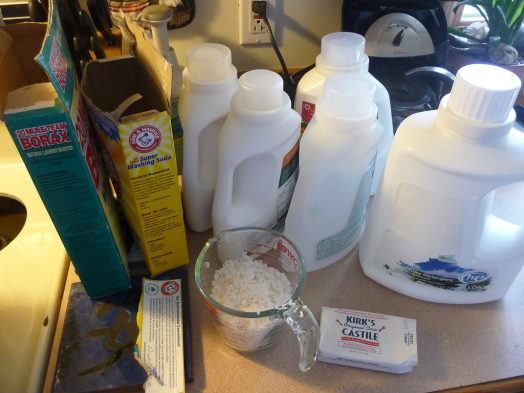
What You Can Do Starting Today
1) Start implementing the cost saving laundry strategies outlined in this chapter.
2) Begin by making sure whenever possible to dry your clothes outside: This one factor can reduce your energy footprint significantly.
3.) This weekend, make some homemade laundry detergent. Trust me on this, your wife/spouse or whoever does the laundry will love it.
Coming Up Next ...
Lighting.
Often over looked, this little lighting hack can easily be done in a couple of hours and result in a savings you'll see immediately.

